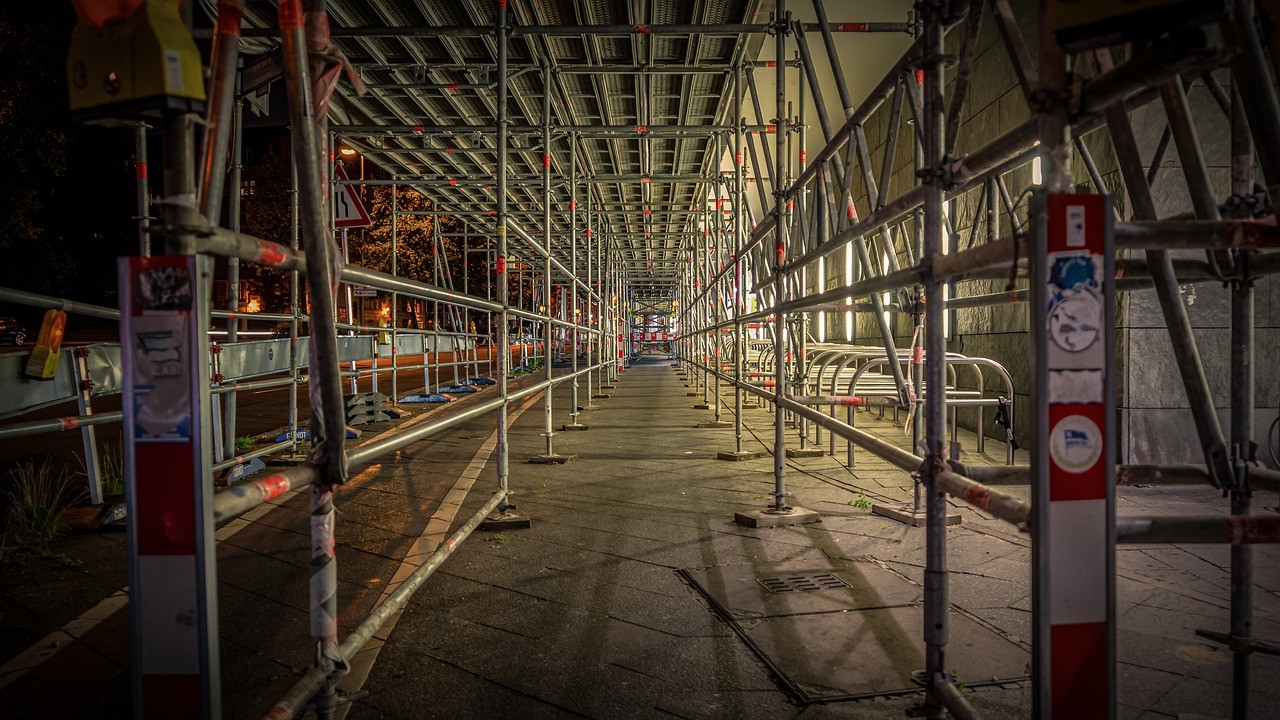When working in building and construction, you will want to know: is scaffolding a legal requirement? Find out more about UK safety requirements.
When Do You Need Scaffolding?
The short answer is that scaffolding is needed when a deep and thorough risk assessment deems that the scaffolding is necessary.
By law, a risk assessment must always be carried out on any job where an employee is working at height. It is not a legal requirement when an individual is doing the work privately, though it is common sense to ensure that you are taking safety seriously.
When employees are working at height, they must be safeguarded by law. It is considered safe to use a ladder for low-risk jobs, such as small roof repairs to a domestic property.
However, we would always recommend the use of scaffolds or a working platform for health and safety reasons. They are fantastic for increasing stability and reducing the risk of accidents occurring.
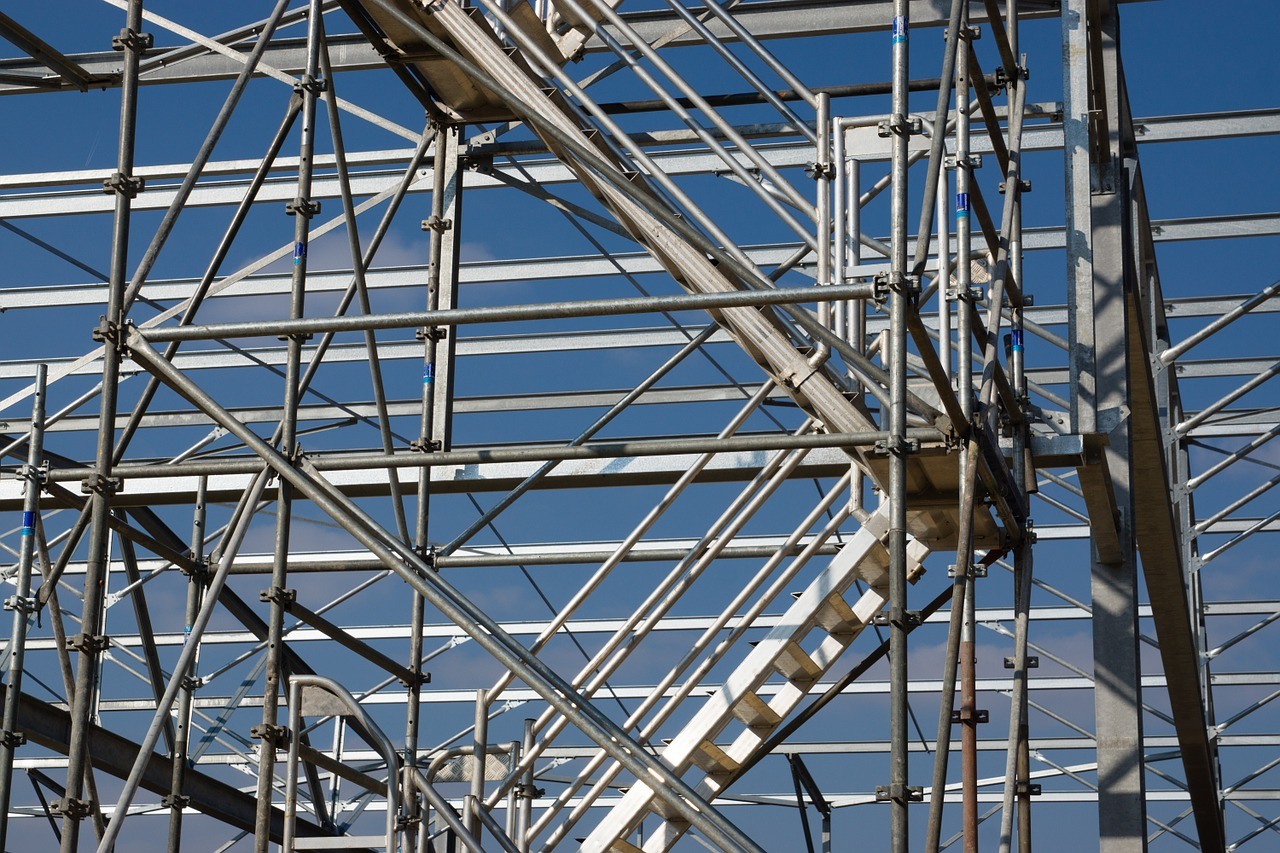
The Legal Requirements Of Scaffold Inspection
Scaffold inspections are an important aspect of any project that involves using scaffolding.
They are a requirement that must be adhered to for safety reasons.
Neglecting this safety inspection could end in harm coming to the workforce and the general public.
What Sort Of Scaffolding Will I Need?
The scaffolding around most residential properties follows a standard structure. Supported scaffolding is built from the base upwards to create a set design.
If it is not possible to use a standard and straightforward configuration, then a competent worker will need to create a bespoke design to ensure that the structure is strong, rigid and stable.
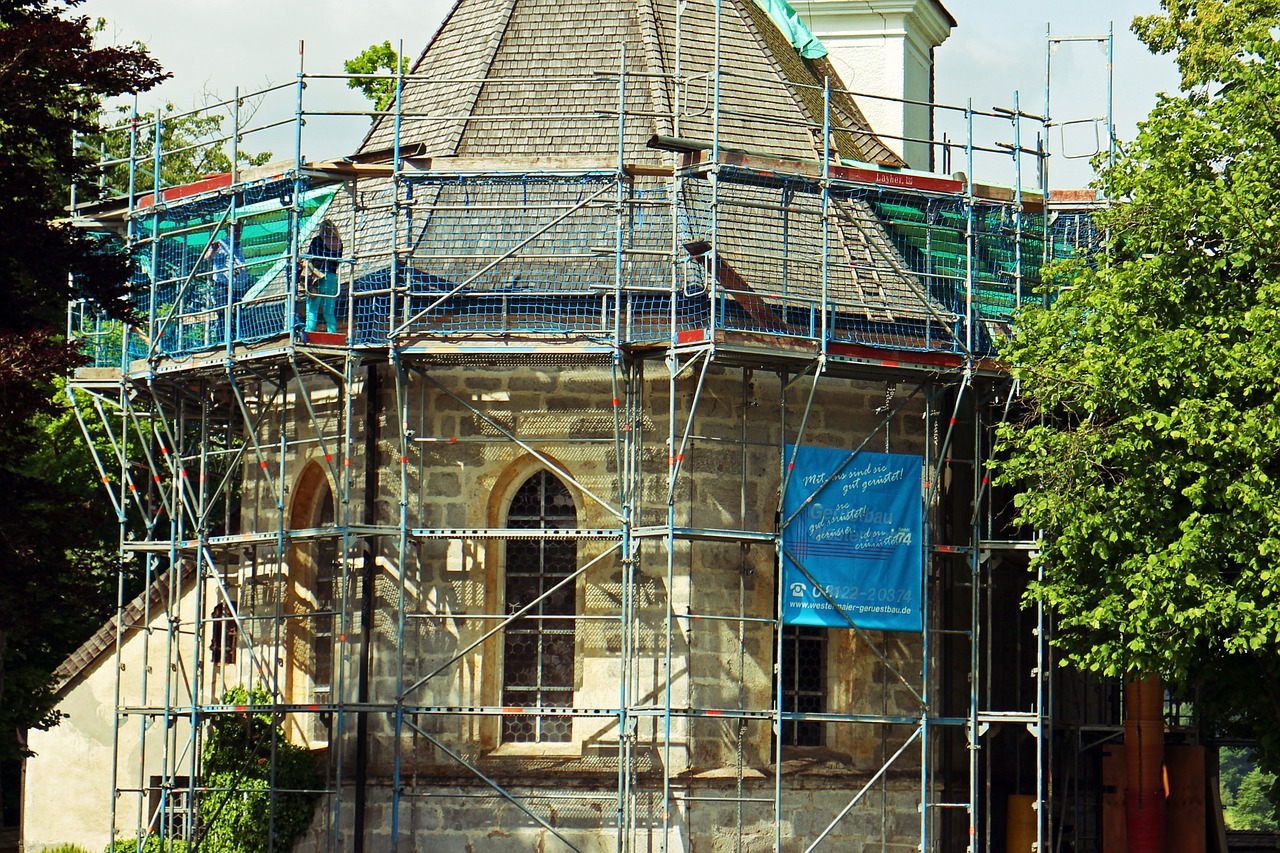
This will usually be done by either a scaffold contractor or designer. The structure needs to be able to keep its strength while it is built when it is being used, and all the way through until the scaffolding is dismantled.
When should scaffolding be inspected?
The Work at Height Regulations 2005 stipulates that all scaffolding must be inspected:
After the installation, and before used by anyone
At intervals that do not exceed seven days
Following any event that could make an impact on the strength or stability of the scaffolding.
The last point can basically mean anything like extreme weather, heavy impacts to the structure, unauthorised changes to the scaffolding, or other changes.
Who Is Responsible For Scaffold Inspection?
The legal duty to ensure that scaffolding inspections occur comes from the Regulation 12 section of the Work at Height Regulations 2005.
The responsibility rests with the hirer or the end-user of the scaffold structure. This is most commonly the person who accepts the handing over certificate from the scaffolding contractor.
Sometimes the end-user may contract out the inspection responsibility, this might be done to the scaffolding contractor that provided the scaffold for example, but it is important to remember that the user retains all legal duty.
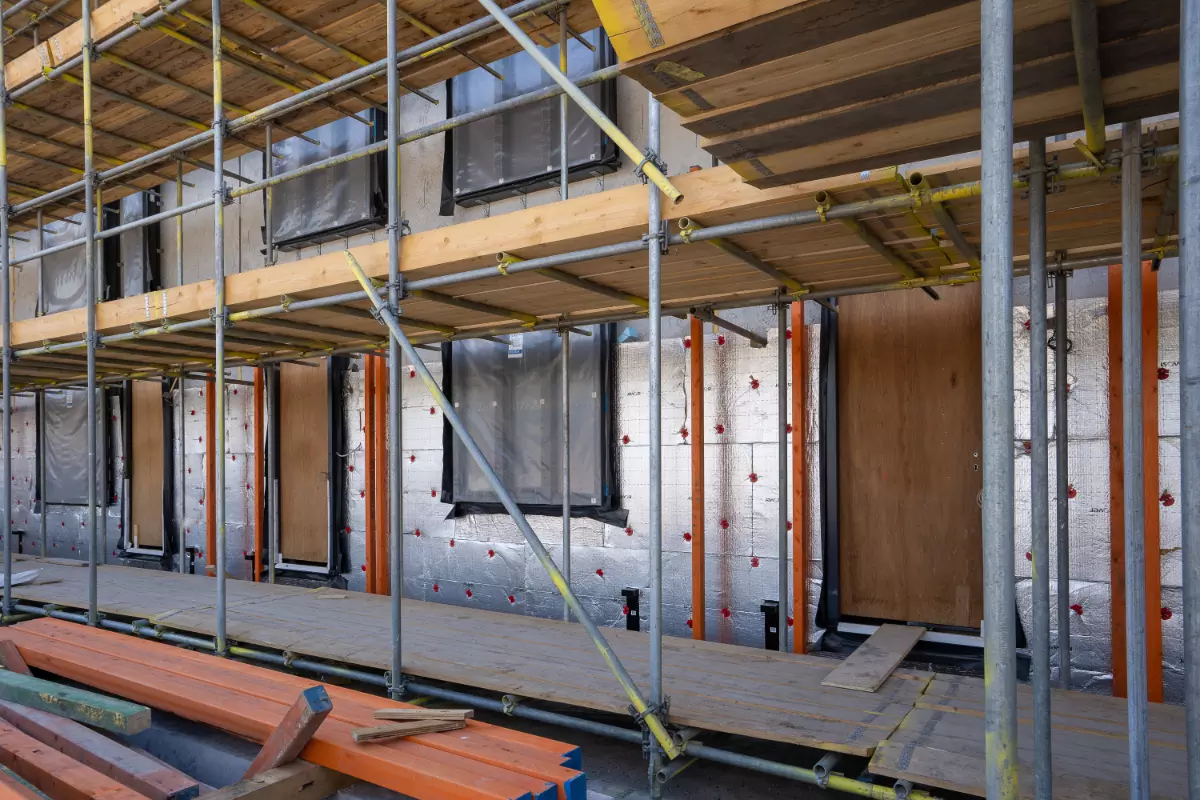
Inspections must always be executed by a competent worker who possesses a combination of experience, training, and knowledge.
The worker must also be appropriate for type of scaffolding they are inspecting and the complexity of the scaffolding.
This is commonly interpreted to mean a qualified Scaffolder or a worker who holds a Construction Industry Scaffolders Record Scheme scaffold inspection qualification.
What Should Go Into A Scaffold Inspection Report?
After an inspection has been carried out on a worksite, then a report must be completed. This report should be kept on-site until the project has been completed.
After this point, it should then be kept in the company's offices for a minimum of three months later.
The contents of the report are also a legal/statutory requirement, as specified by the Work at Height Regulations 2005 (Schedule 7) and these are:
A thorough description of the scaffolding structure
Clear details of any risks associated with the project and identified
The clear details of the actions carried out to correct/revise issues encountered
The name and address of the person that the inspection was completed for
The name and position of the person who carried out the scaffold inspection
The date, time, and location of the inspection
Details of any further action that could be deemed necessary
UK Scaffolding Regulatory Bodies
Before any scaffolding structures are erected on a worksite, it is important to be aware of the different organisations that regulate the safety requirements associated with scaffolding.
HSE (Health and Safety Executive), PASMA (Prefabricated Access Suppliers' and Manufacturers' Association), NASC (National Access and Scaffolding Confederation), and CISRS (Construction Industry Scaffolders Record Scheme).
Some of these regulatory bodies will supply scaffolding certifications to ensure that a worker is fully trained before they engage in scaffolding work, for example, the CISRS.
It is of the utmost importance that anyone who erects scaffolding is competent and holds qualifications with either PASMA or CISRS. If there is a trainee on the site, the employer is responsible for ensuring that they are under direct supervision.
Before erecting any kind of scaffolding structure, it is highly important to recognise the NASC document titled SG4 ‘Preventing Falls in Scaffolding'.
Anytime that a worker is going to be working at height, there should be plenty of organisation accordingly.
The systems should be regularly assessed by a competent worker who has a full understanding of the risks involved.
If you are using a mobile scaffolding tower then the Prefabricated Access Suppliers' and Manufacturers' Association has two different methods that a scaffolder should follow.
These are Through the Trap (3T) and Advance Guard Rail (AGR).
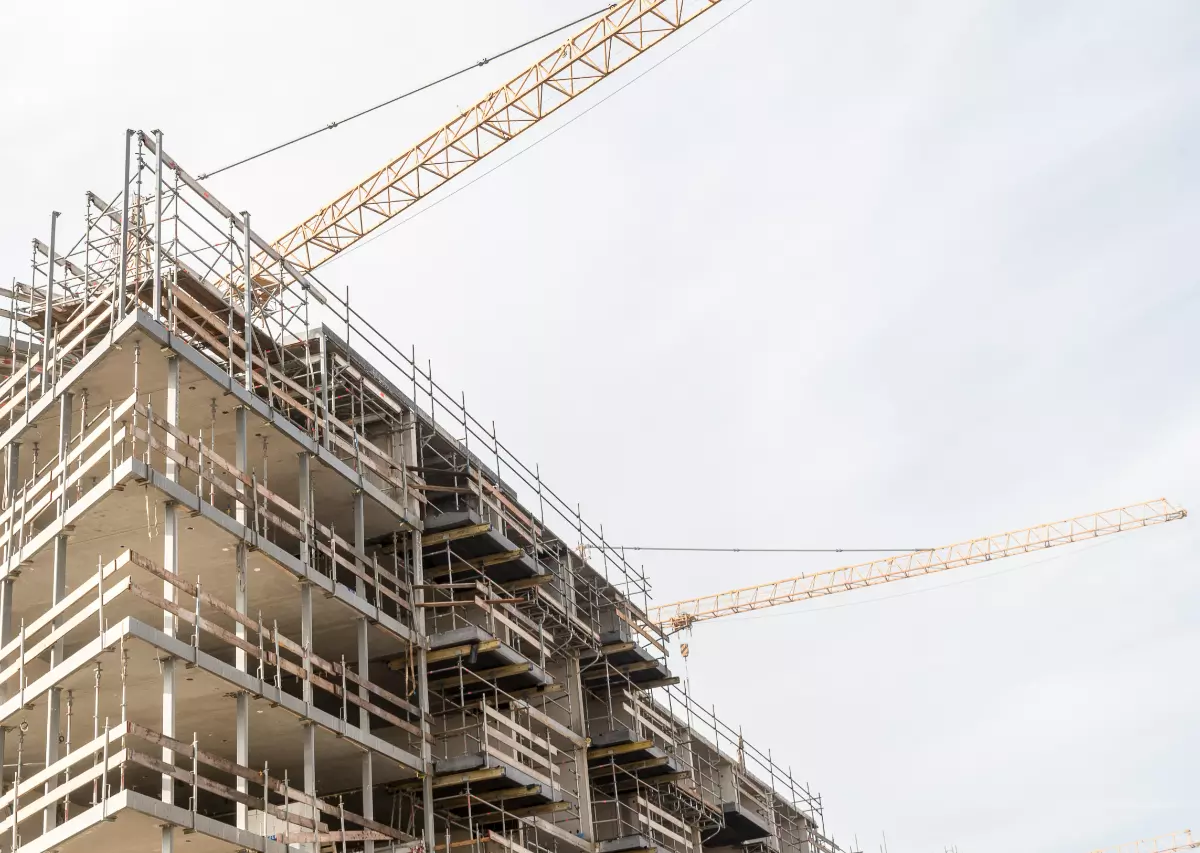
Regulations And Restrictions During Use
There is so much effort and thought put into the setting up of a scaffolding structure, that you might be tricked into thinking that scaffolding regulations only apply to the setting up of the structure. But of course, it is just as important to ensure that safety guidelines are being followed throughout the entire project, from the start to the finish.
Following the installation and erection, the scaffolding should be inspected. The scaffolding should then be inspected at an interval of no more than every seven days.
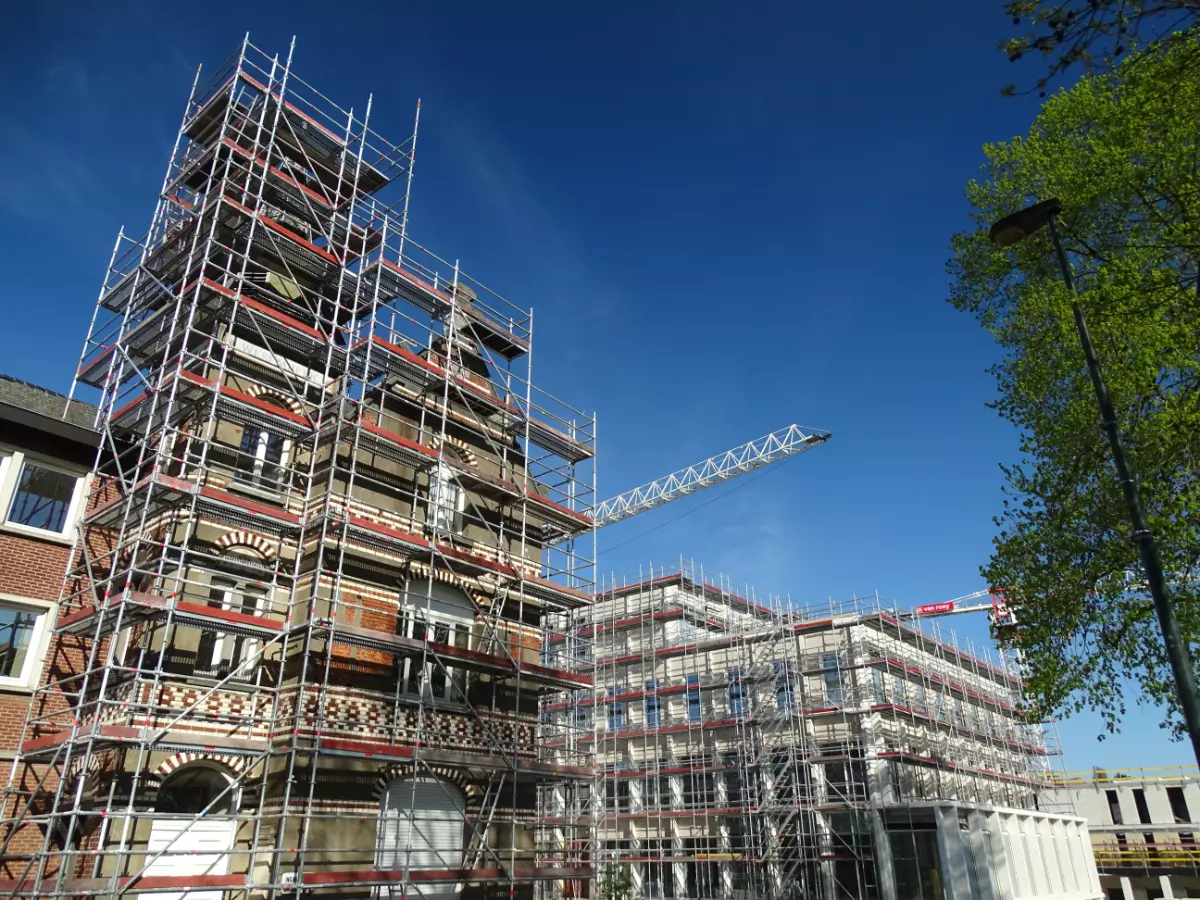
The structure should always be inspected if it has come into contact with anything that might have threatened the rigidity or stability of the scaffolding.
An inspection report should be made that includes any issues noted during the inspection, or anything that has been observed to be high risk.
This is so that any recurring issues can be identified rapidly.
Scaffolding Services Near Me
Are you looking for scaffolding services in Poole, Dorset and the surrounding areas? Follow the links below to get a quotation.

